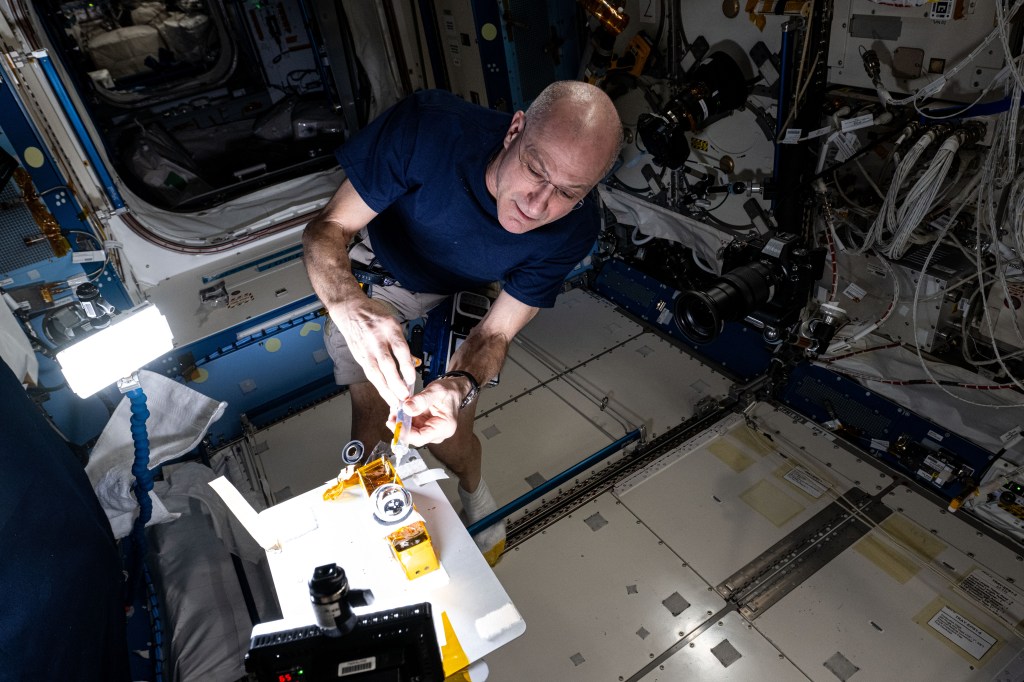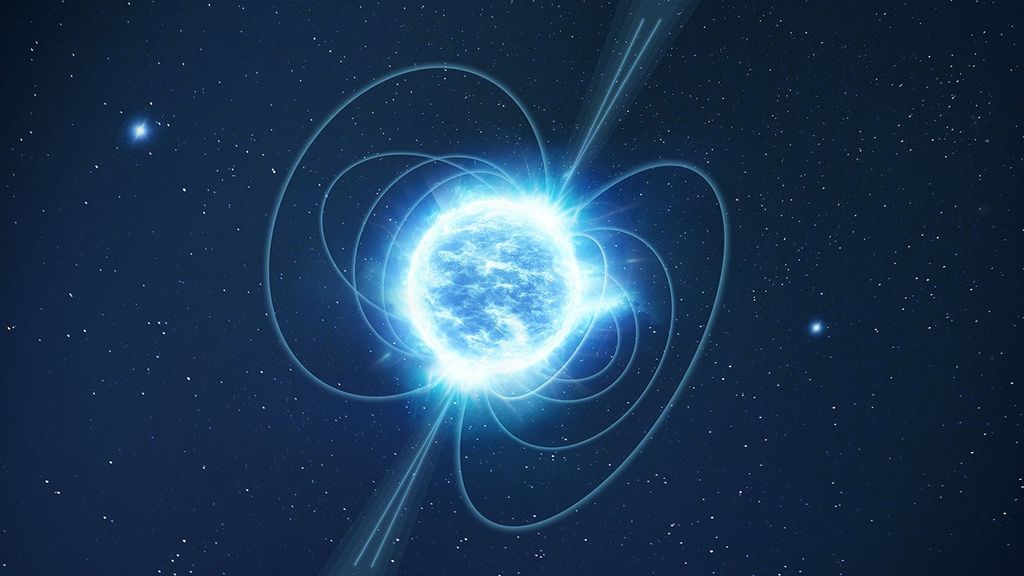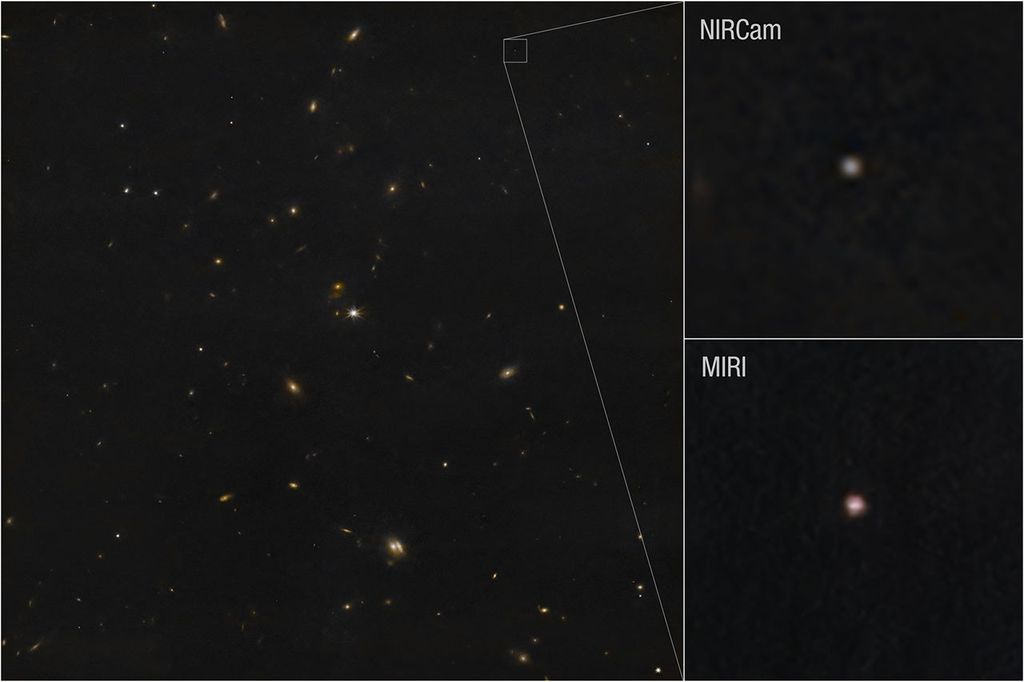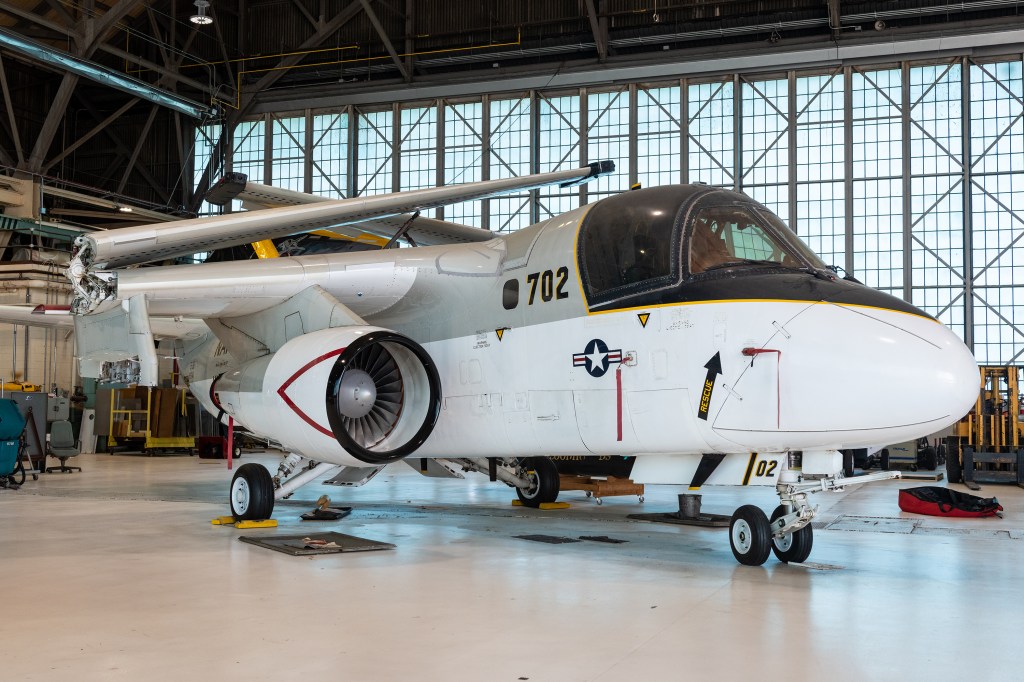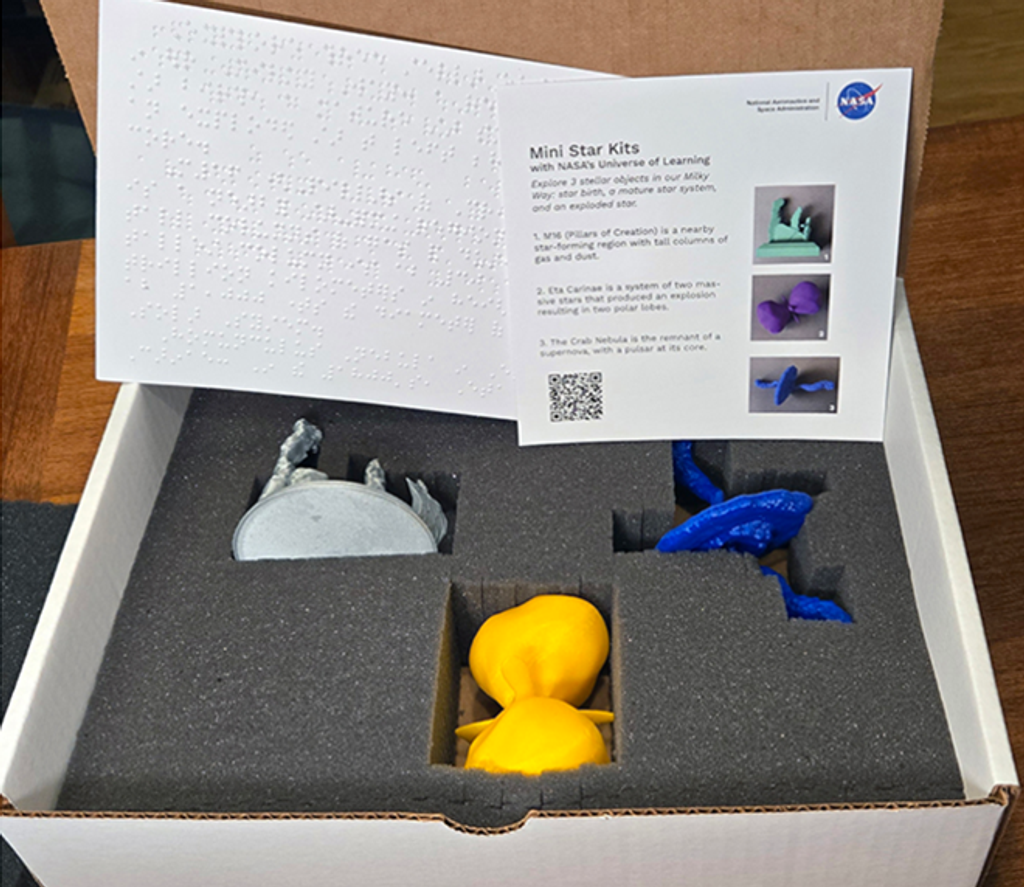This article is for students grades K-4.
Juno is a NASA spacecraft. It is exploring the planet Jupiter. Juno launched from Earth in 2011. It reached Jupiter in 2016. That was a five-year trip!
The name “Juno” comes from stories told by the Romans long ago. In the stories, Juno was the wife of Jupiter. Jupiter hid behind clouds so no one could see him causing trouble. But Juno could see through the clouds.
And the Juno spacecraft can see through the clouds of the planet Jupiter. Juno is helping scientists study Jupiter. What they learn will help us understand how Jupiter and other planets began.
How Will Juno Study Jupiter?
The Juno spacecraft launched aboard an Atlas V (Atlas “5”) rocket in August 2011.
On July 4, 2016, Juno began its trip around Jupiter. The spacecraft did not land. Juno is called an “orbiter.” This kind of spacecraft flies around, or orbits, a planet. Juno will orbit Jupiter 37 times in all. Juno will orbit Jupiter’s north and south poles for about one year. One trip around Jupiter takes Juno about 14 days.
Juno has science tools to study Jupiter’s atmosphere. (The atmosphere is the layer of gases around a planet.) Juno will take the first pictures of Jupiter’s poles. The spacecraft will study the lights around Jupiter’s north and south poles, too.
Juno gets its power from the sun. The spacecraft has three large solar panels around its six-sided body.
Why Is NASA Studying Jupiter?
Juno will help scientists understand how Jupiter was made. The spacecraft will help them learn how Jupiter has changed, too. The new discoveries can help us understand more about our solar system.
And did you know scientists are now finding planets that do not orbit our sun? These planets orbit other stars. Juno will help us understand more about these other solar systems. What we learn could help us find more new planets!
More About Juno and Jupiter:
Mission to Jupiter: Juno Story, Coloring Page and Video
Queen Latifah Highlights Juno
‘Conquering the Gas Giant’ Movie Trailer
What Is Jupiter?


